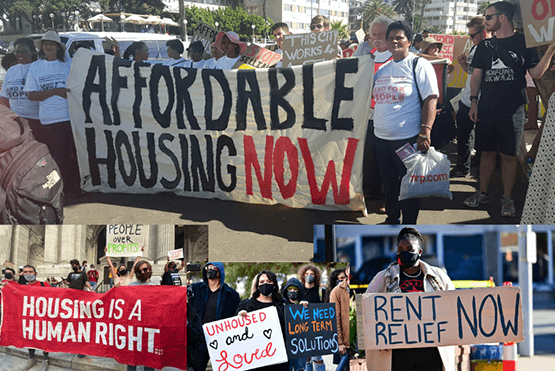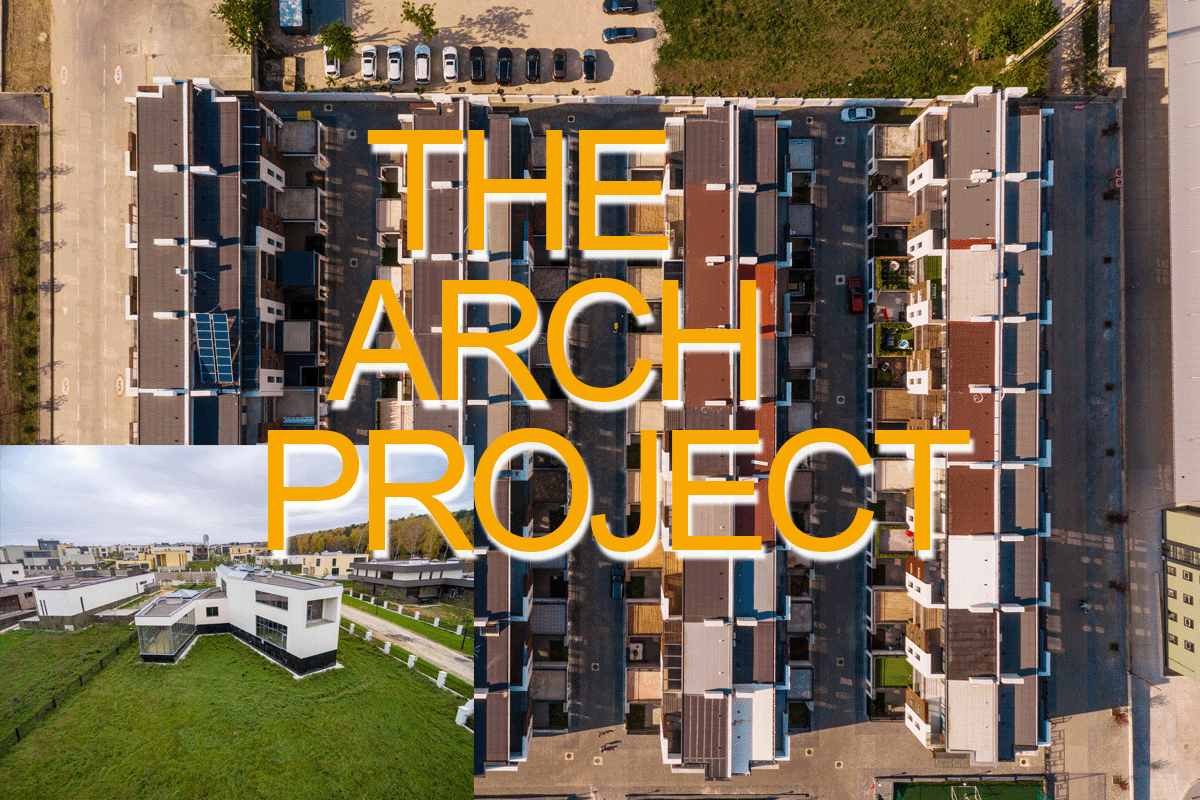The world is currently grappling with a pressing challenge that transcends borders and affects millions of lives – the global housing crisis. As populations continue to grow, urbanize, and migrate, the demand for housing has surged, creating a complex web of interconnected issues that impact housing affordability, social equity, and economic stability. In this article, we explore the fundamental trends fueling the global housing crisis and examine their wide-ranging implications for the quest for affordable housing solutions.
5 Fundamental Trends Shaping the Global Housing Crisis
-
Rapid Urbanization:
The mass migration of populations from rural areas to cities has led to the explosive growth of urban centers. This urbanization trend has strained housing resources, resulting in skyrocketing property prices and reduced availability of affordable homes.
Example: India is experiencing rapid urbanization, particularly in cities like Mumbai and Delhi, where population growth has outpaced housing development, leading to a shortage of affordable homes.
-
Supply-Demand Imbalance:
The imbalance between housing supply and demand has contributed significantly to the crisis. A lack of affordable housing units and rising construction costs have made homeownership or even secure rental options increasingly unattainable for many.
Example: In Canada, cities like Toronto and Vancouver have seen a significant supply-demand imbalance, driving up housing prices and making homeownership increasingly unaffordable for many residents.
-
Financialization of Housing:
Housing is no longer solely a place to live; it has become a financial asset. The investment and speculation-driven nature of real estate markets has driven up prices, often detached from the actual housing needs of communities.
Example: The United States, especially in cities like New York and San Francisco, has seen a surge in real estate investment, driving up property prices and contributing to the financialization of housing markets.
-
Income Inequality:
The widening gap between high and low-income households exacerbates the housing crisis. As wages stagnate and living costs rise, a significant portion of the population struggles to afford suitable housing.
Example: Brazil faces income inequality issues, particularly in cities like São Paulo and Rio de Janeiro, where a significant portion of the population struggles to afford suitable housing amidst rising living costs.
-
Homelessness and Informal Settlements:
The housing crisis has led to a rise in homelessness and the proliferation of informal settlements in many regions. This lack of stable housing negatively impacts health, education, and overall quality of life.
Example: South Africa has a high rate of informal settlements, with townships like Khayelitsha in Cape Town being characterized by inadequate housing and basic services for many residents.
Implications of Global Housing Crisis for Affordable Housing
-
Social Displacement:
As housing costs soar, families and individuals are forced to relocate to areas with more affordable options. This displacement can lead to the fragmentation of communities and the loss of social support networks.
Example: In the United Kingdom, the gentrification of neighborhoods like London’s East End has led to the displacement of long-term residents as property values rise.
-
Urban Segregation:
The housing crisis has the potential to intensify social and economic segregation, with marginalized populations becoming increasingly concentrated in certain neighborhoods.
Example: France faces urban segregation issues in cities like Paris, where marginalized communities are often concentrated in certain neighborhoods with limited access to affordable housing.
-
Economic Instability:
A lack of affordable housing can undermine economic stability. When households spend a disproportionate amount of income on housing, there is less money available for other essential needs, hindering overall economic growth.
Example: Greece experienced economic instability following the 2008 financial crisis, leading to a decrease in housing affordability as incomes declined and unemployment rose.
-
Health and Well-being:
Inadequate and unstable housing conditions can lead to health issues, particularly among vulnerable populations. Children growing up in substandard housing are more likely to experience developmental and health challenges.
Example: In Egypt, inadequate housing conditions in informal settlements like Manshiyat Naser in Cairo have led to health challenges for residents, including issues related to sanitation and access to clean water.
-
Environmental Impact:
The unaffordability of housing often pushes people to live in distant suburbs, contributing to urban sprawl, longer commutes, and increased carbon emissions.
Example: Australia’s major cities, such as Sydney and Melbourne, have seen urban sprawl as affordability issues push residents to live in distant suburbs, leading to longer commutes and increased carbon emissions.
Addressing the Global Housing Crisis: Strategies and Solutions
- Policy Reforms:
Governments must implement comprehensive policies that prioritize affordable housing through incentives for developers, rent controls, and support for community land trusts.
Example: Singapore has implemented comprehensive housing policies, including public housing development and subsidies, to ensure affordability for its citizens.
- Innovative Financing:
Exploring creative financing models, such as social impact bonds and public-private partnerships, can channel resources into affordable housing projects.
Example: The Netherlands has utilized innovative financing models, such as social impact bonds, to fund affordable housing projects and support vulnerable populations.
- Mixed-Income Communities:
Designing neighborhoods with a mix of income levels fosters inclusivity and prevents economic segregation.
Example: Sweden’s “Million Homes Program” focused on creating mixed-income neighborhoods, aiming to reduce social and economic segregation.
- Sustainable Architecture:
Incorporating green technologies and sustainable design principles into affordable housing projects can reduce energy costs and environmental impact.
Example: Germany promotes sustainable architecture and energy-efficient design in affordable housing projects, contributing to reduced energy costs and environmental impact.
- Community Engagement:
Engaging local communities in the planning and development of affordable housing initiatives ensures that projects address specific needs and concerns.
Example: Canada’s Vancouver has engaged communities in the development of affordable housing initiatives, incorporating local input into the planning and design process.
The global housing crisis is a multifaceted challenge that demands urgent attention and concerted efforts from governments, policymakers, businesses, and communities worldwide. By understanding the trends driving this crisis and acknowledging its profound implications, we can collectively work towards innovative, sustainable, and equitable solutions that pave the way for a future where safe, decent, and affordable housing is a fundamental human right, not a distant aspiration.




